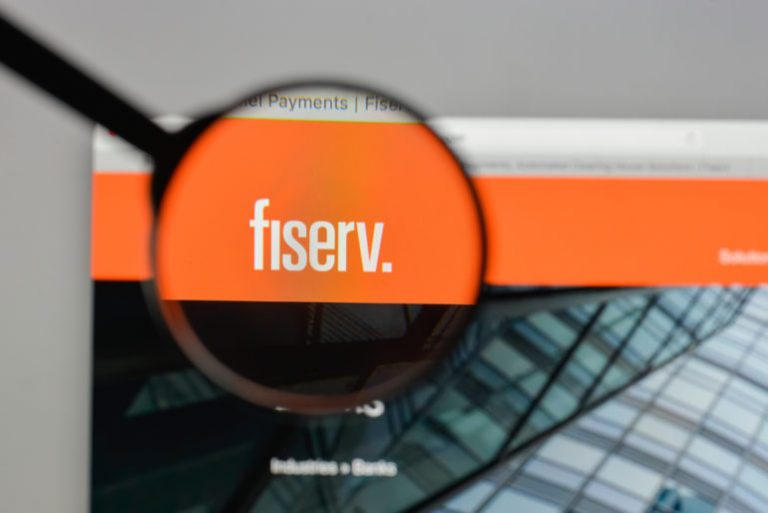
Andrew Davies, VP global market strategy for financial crime and risk management at Fiserv tells Douglas Blakey how AI and machine learning are optimising the fight against security breaches and financial crime attacks by providing data-driven technology whether related to fraud or money laundering.
He says that Fiserv’s unique breadth of capabilities from payment origination to execution means that we understand the inherent risks in the industry and how risk management technology and data assets can be applied to mitigate and manage them.
“Our capabilities empower our customers to manage their risk, their customers’ risk, and the industry-wide risk of systemic collapse due to criminal attacks.
Security and effective financial crime risk management are at the heart of the Fiserv offering to financial institutions from the largest tier one bank down to the smallest credit union.
Andrew Davies of Fiserv speaks with editor Douglas Blakey
Says Davies: “All of our solutions and services rely on our ability to provide them in a secure way. Our goal is to allow institutions and their clients to move money and information in a way that moves the world, and to do so safely and securely.”
He says that globally, the financial services industry is undergoing a significant transformation with money moving more quickly than ever.
Willingness to collaborate among vendors, banks, regulators
“I am passionate about talking about anti-money laundering. Stop money laundering, save lives. One of the trends I am seeing is that everyone is willing to collaborate to fight money laundering. It is a trinity of the vendors, the financial institutions and the regulators. About 2% to 5% of GDP according to the UN is laundered, that is trillions of dollars.
“It is estimated that we stop about 0.1% to 0.2% of the money that is laundered. But in the last 18 months there has been sharing of information and leveraging different types of technology to reduce the amount that is laundered. It is a very encouraging trend.
“Money laundering is not a victimless crime. There are 40 million people trafficked every year. But the more we share information, the more data we have that drives more effective use of the technology that stops money laundering.
“So that is using machine learning and AI techniques and the fuel that drives those techniques is based on the data you can get your hands on.”
Fiserv’s AML tool is so well established it is used by more than 1,000 financial institutions around the world. Davies says that there is particular focus on the detection of unusual activity, using machine learning models to look for red flags in data that you have around customer behaviour.
Library of red flag indicators for all clients, irrespective of size
“So we are using algorithms to calculate risk scores for particular relationships so as I onboard a new customer I can assess what is the inherent risk.”
Our technology is the same irrespective the size of the financial institution.
One of the things we have been doing is to build a library of red flag indicators and make that available to all of our clients irrespective of size. The criminals will take the path of least resistance. We share the data insights through our technology and library of detection techniques and make that available to all clients.







